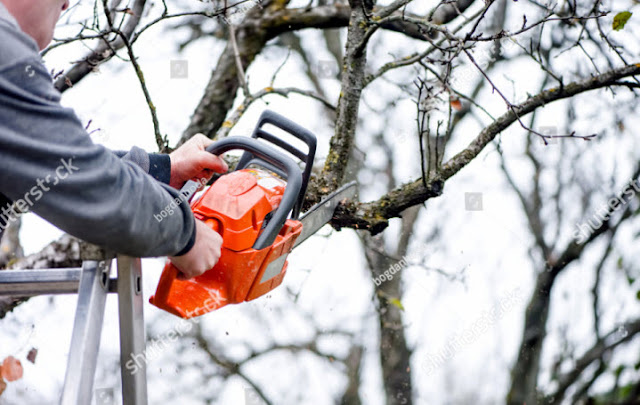When something is as universal as cardboard we seldom stop to scrutinize the birthplaces of the material. Regular we come into contact with cardboard bundling of some portrayal, regardless of whether it be the point at which we are encompassed by it between paths in the market or when it's given to us in the street as a flyer or on even rarer yet significant events, for example, moving house. Creased cardboard specifically is the most utilized structure for bundling, because of its adroitness it is utilized for alluring marking just as to ensure the items during delivery and transportation.
Folded cardboard is comprised of three layers of a paper material known as kraft paper. This kraft paper is dispatched from the paper factories to the creasing plant where it is crimpled to make the center layer of ridged cardboard. A top and base layer is then stuck to this and slice to the ideal size and collapsed to result in the cardboard boxes we are so acquainted with.
The corrugator machine is a similar length as a football field estimating roughly 300 feet. A few moves of kraft paper are utilized as liners while others are utilized as the corrugator medium. The machines at that point handle the mind boggling procedure of cutting, sticking and collapsing to finish the cardboard box in its completed structure prepared to be dispatched.
The organizations that make ridged cardboard regularly claim a ton of land where they develop pine trees, this comprises the crude material utilized for the kraft paper which is later prepared into creased cardboard. The association should claim the land with the goal that they can replant the trees and keep the business manageable and not rupture deforestation guidelines.
The sulfate procedure. This is when there are synthetic compounds included during the creasing method that produce that sinewy mash from the wood chips of the trees. When the mash is made the rest of the strands are put into a paper machine that structures them into huge moves of kraft paper through continued squeezing, drying and moving of the filaments.
A large number of our layered boxes are made of old, reused cardboard. With expanding consciousness of our carbon impression organizations are trying to discover eco-accommodating choices. They will separate the container likewise to how they made it in any case. Reused layered cardboard boxes are similarly as solid as their non-natural partners, anyway they don't require collecting trees or require the sulfate procedure, and in this way it's in reality far less expensive technique for making them.
Cardboard is a material we regularly underestimate since we're so accustomed to it, anyway there's a muddled arrangement of procedures associated with getting it from the pine tree cutting Singapore backwoods and into the creased type of a container utilized for customer bundling.

Komentar
Posting Komentar